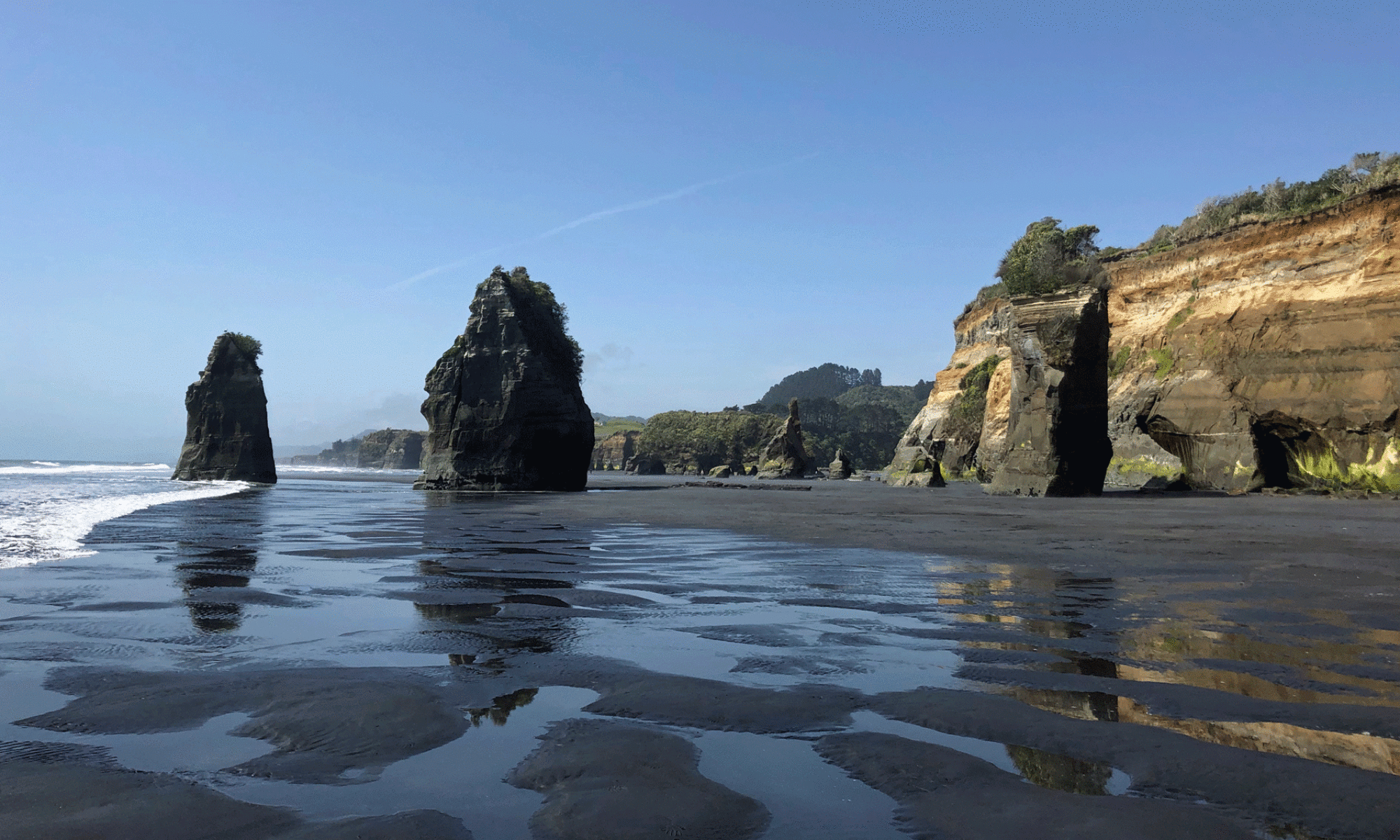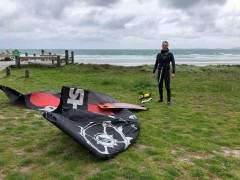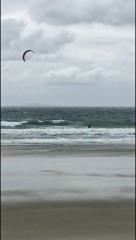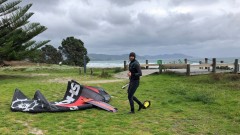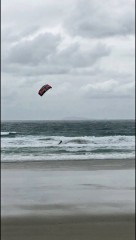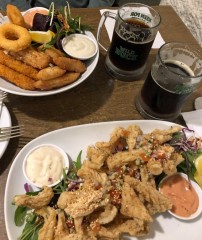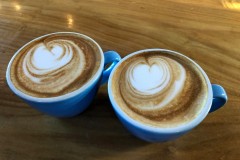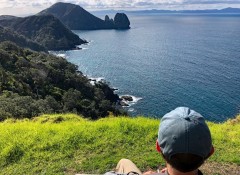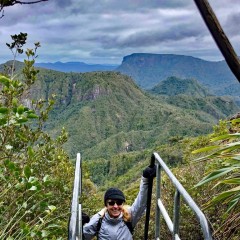It goes without saying that the world is vastly different than it was six months ago. Here in New Zealand, things are also vastly different than they were four months ago when I last wrote about COVID so I wanted to provide an update on our lives here in this country that has managed the pandemic so very well.

Six months ago we were counting the first single, then double and suddenly triple digit total cases in New Zealand. Self-isolation of 14 days was mandated for those entering the country, which rapidly changed to completely closed incoming borders. World stock markets became volatile and our portfolio numbers bounced wildly up and down every night. Jacinda introduced the Levels system which we started immediately in Level 2. Days later, we moved to Level 3, just as a 48-hr window to prepare for Level 4.
Somehow, during that brief period, we came up with about twenty different strategies for how to plan the next few months, with each one gone as a possibility by the next day. Ultimately, we settled in for a two-month, trouble-free, beach-walking lockdown at Papamoa Beach with hearts full of gratitude for our hosts and our host country.
As soon as Level 2 arrived, we happily set out to start moving again. (See COVID 1 and COVID2 posts)

We chose quiet Northland and spent months there, relaxing as the country eliminated coronavirus and gradually returned to normal. We hiked, surfed, and explored through the mild winter days.
Just at the last minute in July, we received an interim visa extension. We then spent weeks researching all the possibilities for a longer term visa – school, work, investment – and I lobbied the government to extend all visitor visas as a way to help tourism businesses stay afloat during border closures. (No such luck, but I did receive a reply from the Minister of Immigration and was discussed on a media podcast!)
By the time we left Northland to begin exploring new to us places like Raglan and the Coromandel, we (like the rest of New Zealand) had fallen into complacency and a smugness over our unique “COVID-free” status.

And it was GLORIOUS. A complete return to fearlessness eating out, meeting strangers and making plans. NZ held a rugby game with 20,000 spectators and a much smaller Parliamentary rugby match where the Director General of Health, our hero, Dr. Ashley Bloomfield was honored and miraculously scored whilst playing in the company of former All Blacks.

We felt sad (and guilty) that our family and friends were still in lockdown or, worse in our minds, out of lockdown in communities opening themselves up to the virus spreading. We watched the US in horror as cases rose higher and higher in the inevitable resurgence and kept fingers crossed for the health of family and friends.
Here in NZ, we reveled in 102 days of no known community transmission and deluded ourselves this could go on forever. As a matter of fact, here’s the start of the COVID 3 post I wrote a month ago and never got around to posting:
Cautiously, and without complacency, celebrating 100 days of no community transmission in NZ
As the rest of the world has slowly flattened the curve and then began dealing with outbreaks (Europe, etc.), handled COVID beautifully and then had setbacks (Vietnam, Australia, etc.) or just flat out completely failed (US, Brazil), we have been living in an alternate reality. There is no virus here in New Zealand, other than the 20-odd active cases safely sequestered away in border isolation facilities.
For the most part, life in NZ is back to complete normal, with free movement, no restrictions and the ability to completely relax in all human interactions. It’s shockingly wonderful and we treasure every day of it. Of course, there are no tourists coming in so the economy is hurting based on that on top of the overall global slowdown. But the government policies of wage subsidies and increased job seeker benefits have kept both the economy and people’s ability to care for their families afloat.

The news is dominated by the daily COVID count at the border, any “abscondees” from managed isolation (about 5 incidents out of 35,000 returning Kiwis) and a constant debate about opening the border in some way shape or form. Of course this would be insanity as we can see the consequences around the world, but it gives the opposition something to say in the face of an overwhelmingly successful handling of the pandemic and economy.

So we, the team of 5 million, carry on in New Zealand living our charmed life, with full pubs, beaches as happy, relaxed places and Kiwis enjoying unrestricted travel within their own country.
But it didn’t last forever.
COVID found its way back in with an outbreak in Auckland and the city went back into Level 3 lockdown, while the rest of us moved to Level 2 (lighter restrictions.) The response of the health system has been fantastic, with gold standard contact tracing and genomic testing for each case to epidemiologically link it to the cluster which has allowed for rapid containment of the outbreak.
It was again a stark contrast to what is possible with the larger outbreaks in other countries (I’m looking at you home country!) which enabled a relatively short lockdown for New Zealand’s major economic and urban hub.
We were happy to be in a remote area of the Coromandel and for the most part not impacted. But our psyches were. The ease in being around others and the easy confidence in looking ahead disappeared overnight.
We had just begun to map out a year of month long stays based on encouragement from immigration for a longer visa. Now the questions started whirling. Should we still? What about future lockdowns? And do we really want to spend a month in busy Wellington? We were immediately brought back to the reality of uncertainty.
That said, we are, more importantly, still in the best place on earth for this time in life and we plan to stay here until the pandemic is over, embracing the beautiful scenery, enjoying the kindness of the people, and feeling gratitude every day for the inherit manaakitanga (hospitality, generosity) of Aotearoa.

Kia kaha everyone.
